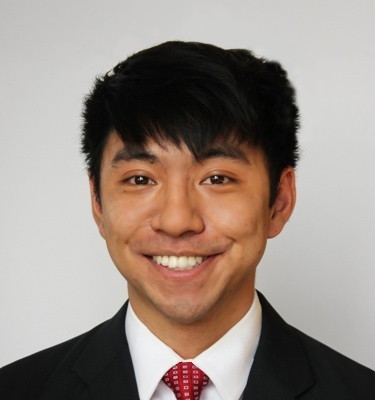The majority of patients with a history of recurrent sinus infections, sinus pressure, nasal congestion, and/or post nasal drip are still managed with medications, saline rinses, saline rinses with topical antibiotics and steroids, and environmental controls. These treatment regimens are useful but there may be even better solutions available. We always search for the source of your problems. We perform nasal endoscopy and often obtain a sinus CT scan to search for structural abnormalities that could be predisposing you to recurrent infections. We also look for nasal irritants that could cause mucosal inflammation leading to sinus infections. With this in mind, we test for allergies, acid reflux, and immune deficiencies. We design strategies for you to implement immediately when you first sense a sinus infection may be developing. This may help you to avoid needing antibiotics. Only a small group of patients require surgical intervention.
If you have had surgery that wasn’t successful or if you have been told nothing could be done for your problems, don’t give up. We see patients like this everyday. Sometimes surgery can be easily revised. Sometimes the surgery that was done previously was done correctly but the follow up treatment wasn’t maximized. Sometimes patients are told that their CT scan was normal and that nothing could be done. Our review of the CT scan may reveal subtle abnormalities that may be the source of the problem and can be corrected.
All sinus surgery is performed with the use of nasal endoscopes. These endoscopes improve the surgeons ability to see and thereby decrease postoperative pain and speed up recovery. Most patients undergo sinus surgery under general anesthesia, but local anesthesia with sedation is available. Generally these procedures are performed in the operating room of our surgery center. Relatively minor procedures such as nasal endoscopic polypectomy can be performed in the office. Balloon sinuplasty technology has also allowed us to perform many more sinus procedures in the office than previously (see below)
The goal of functional endoscopic sinus surgery is to clear the openings to the sinuses and promote sinus drainage naturally. We minimize the surgical impact on the normal membranes in the sinuses. Conventional nonendoscopic sinus surgery was associated with the removal of the membranes in the sinuses and required a long period of recovery. The newer methods we use result in absolutely no bruising or swelling of the face, and there is minimal pain after surgery. All surgery is performed through the nose with no incisions in the mouth or on the face. Most patients are able to breathe through their noses immediately and return to work in 2-3 days. Nasal packing is rarely necessary.
Functional endoscopic sinus surgery is associated with a success rate of 90%. This rate drops slightly in patients with severe asthma, nasal polyps and/or aspirin allergy. Experience with nasal endoscopy is essential to perform these procedures effectively and safely. Drs. Siegel, Bosworth, and Sorensen have performed thousands of these procedures with no major complications. We have trained other ear, nose, and throat physicians to perform these procedures. Dr. Siegel was trained and has worked closely with Dr. David Kennedy, an internationally renowned endoscopic sinus surgeon, who introduced these techniques into the United States in 1985. Dr. Bosworth and Dr. Sorensen were trained by Dr. William Bolger, who was Dr. Kennedy’s first sinus surgery fellow and is one of the innovators of the new Balloon Sinuplasty technique.
We have had great enjoyment in performing this type of sinus surgery because it is so minimally invasive, relatively painless, and is so effective. Most patients are very excited to once again breathe clearly, significantly decrease their antibiotic usage, improve their sense of smell, have less sinus pressure and have fewer headaches.
In 2006, we were one of the first ENT practices on the East Coast to perform balloon sinuplasty. We have performed thousands of these procedures since then. This technique has been used with great success in appropriate patients and is very effective. While the procedure was initially performed under general anesthesia, the majority of procedures are now performed in-office using local anesthesia. The balloon can be used to widen the narrow passageway between the sinus and the nose to improve sinus drainage. In some cases, the balloon can be used to straighten the septum as well which further improves the patient’s nasal airflow. The recovery is now much easier and patients are usually able to return to their normal activities by the following day.
